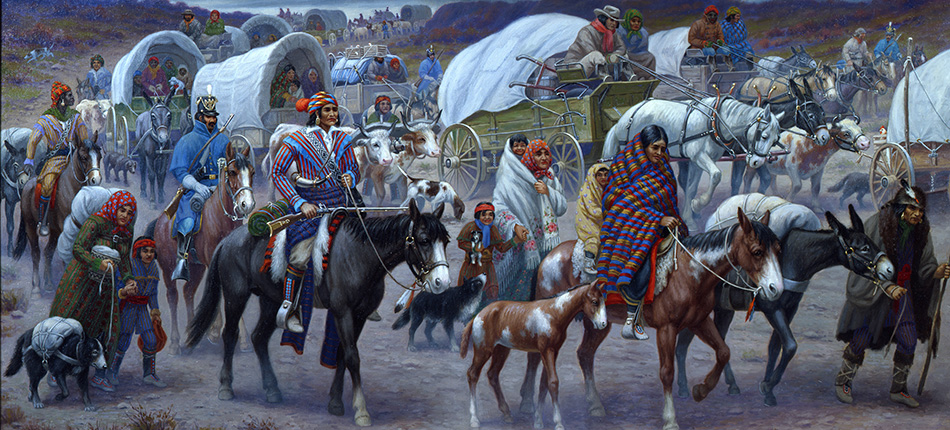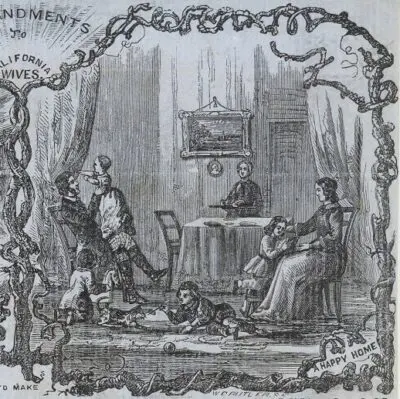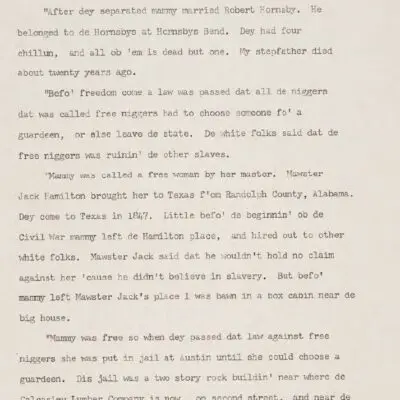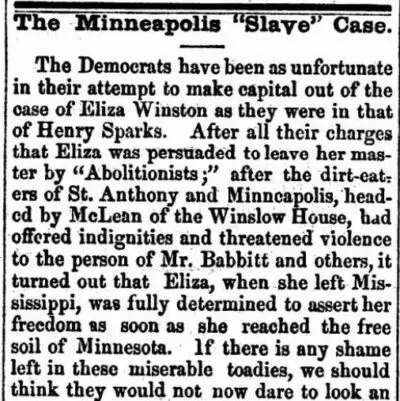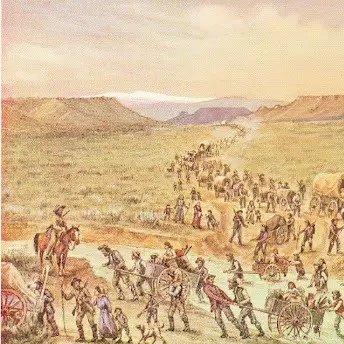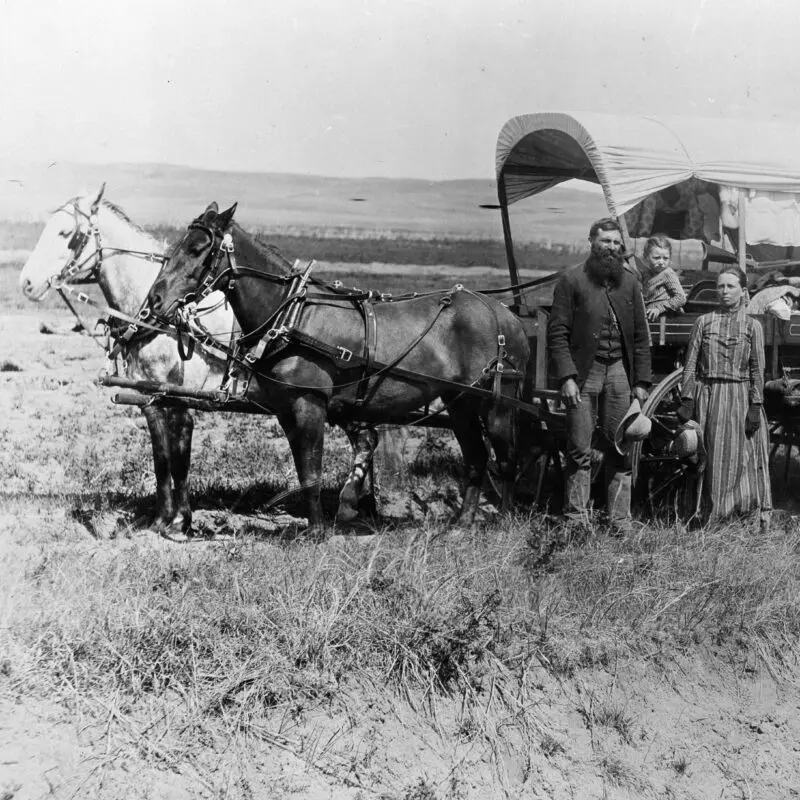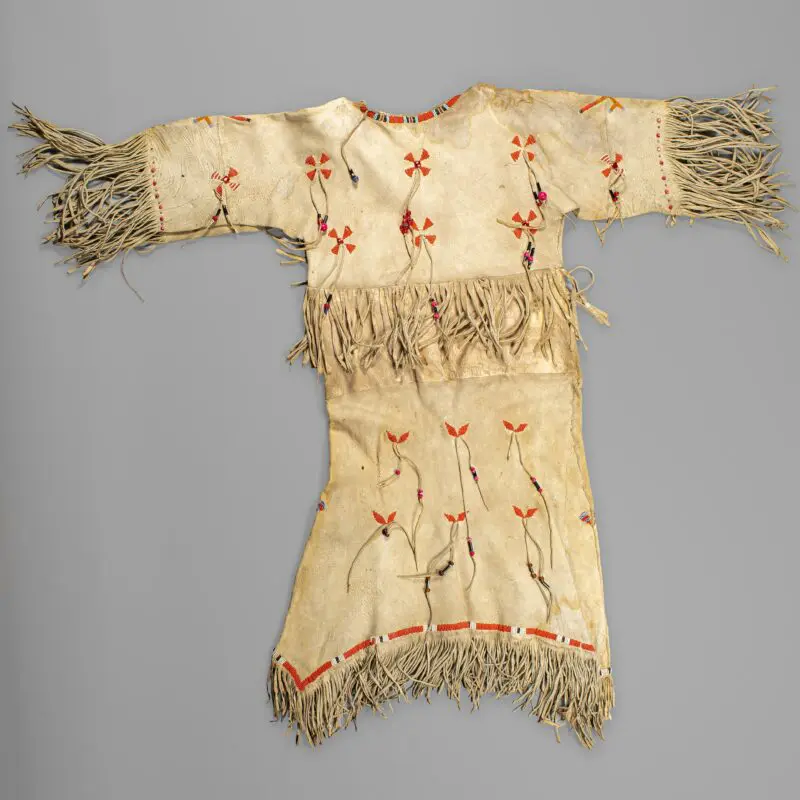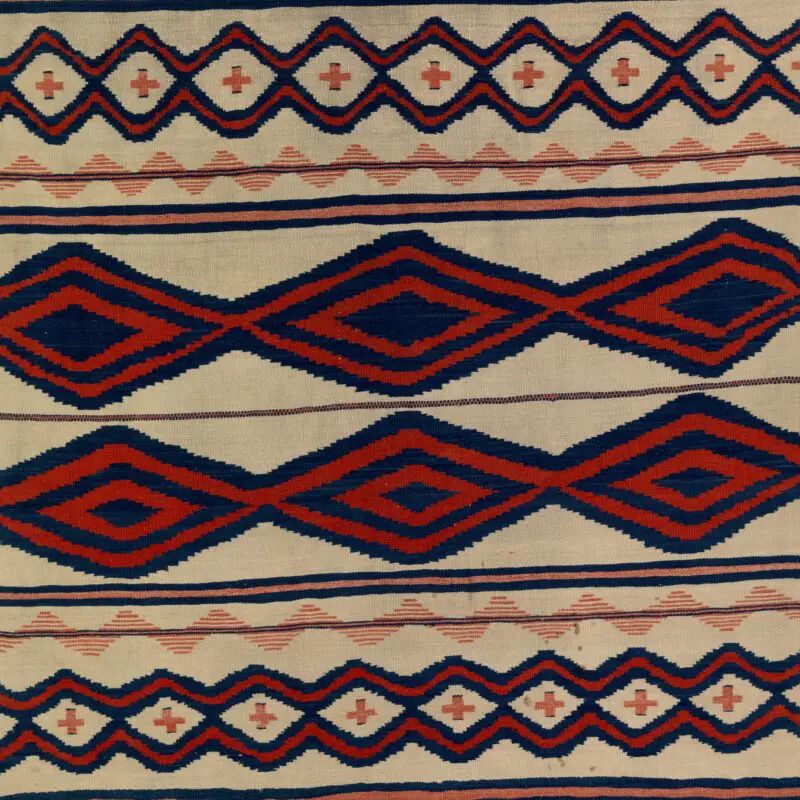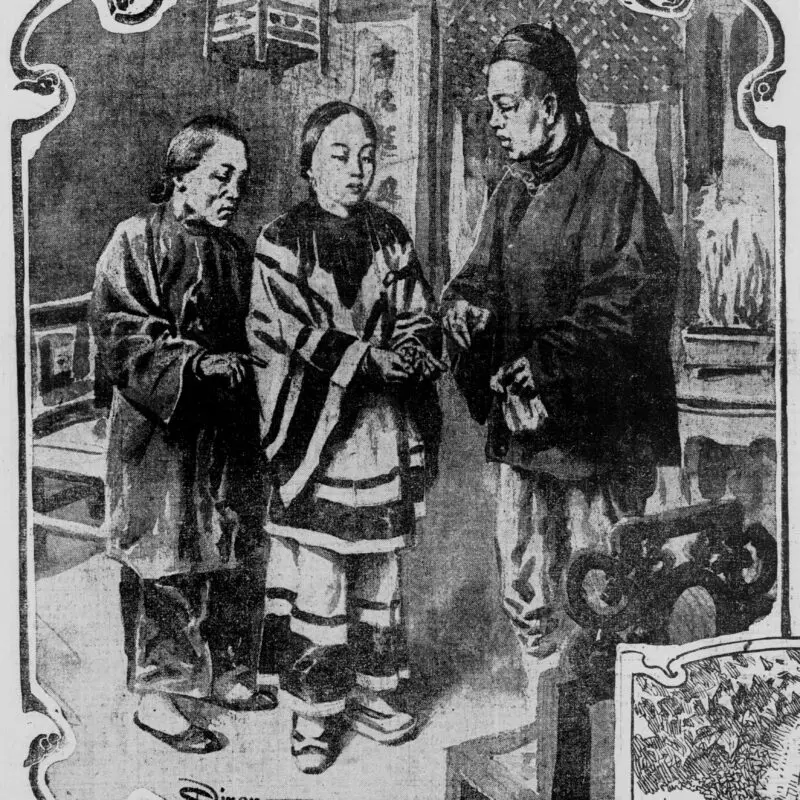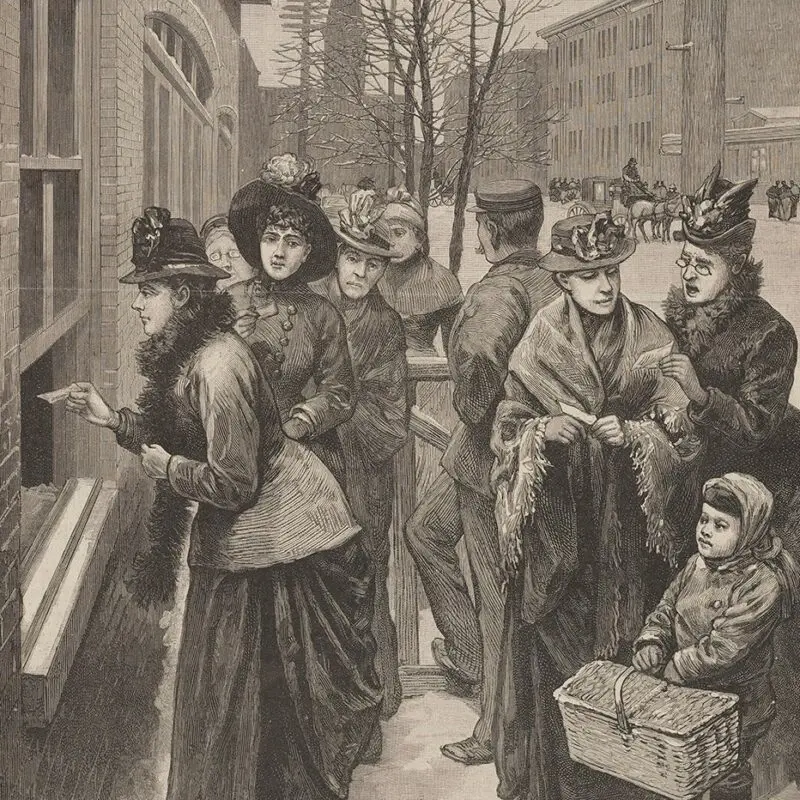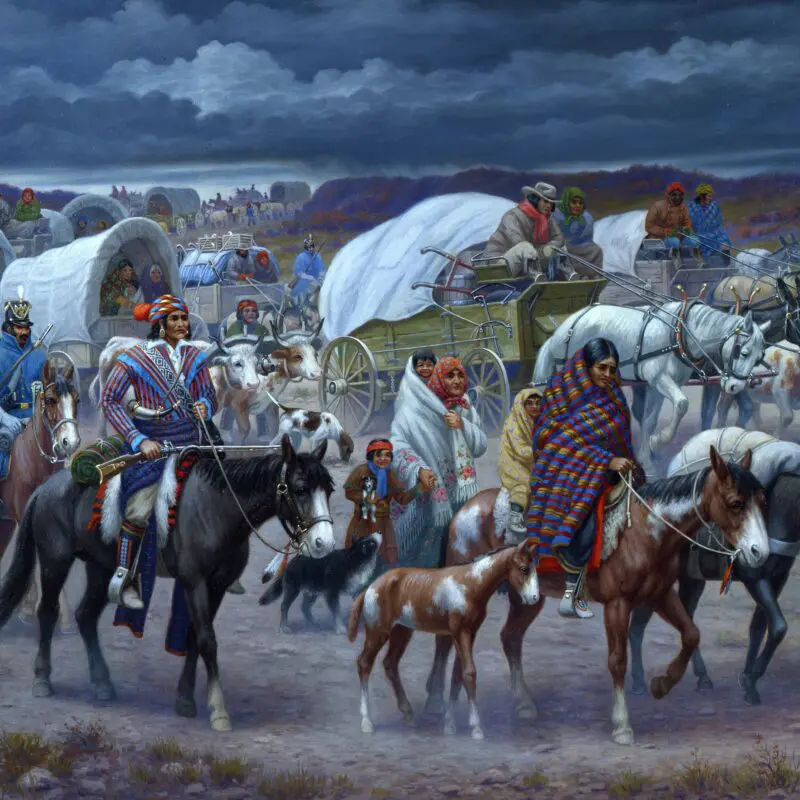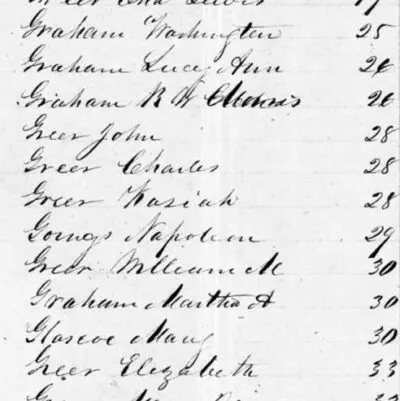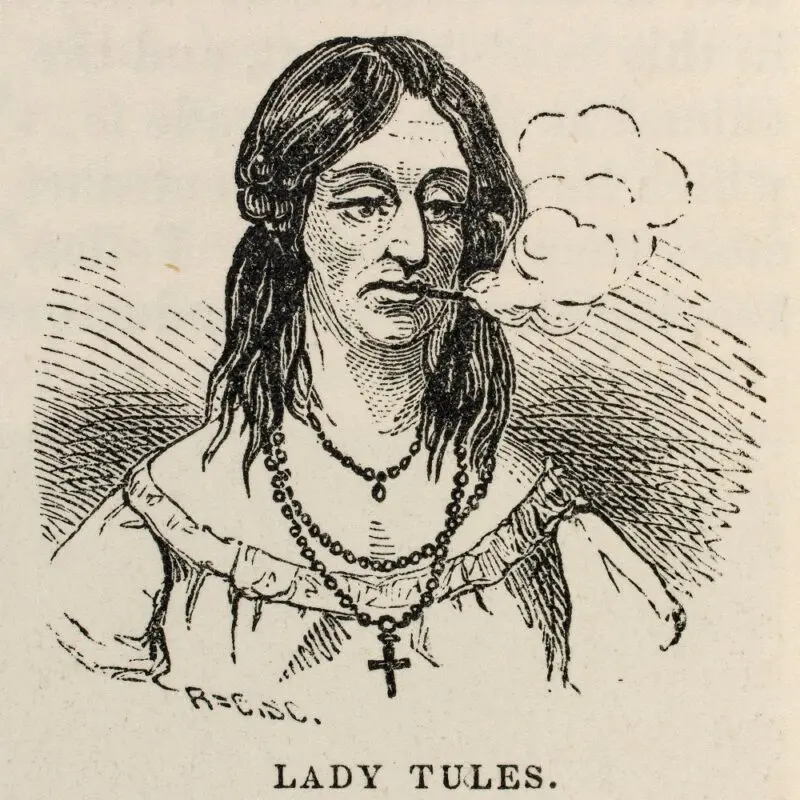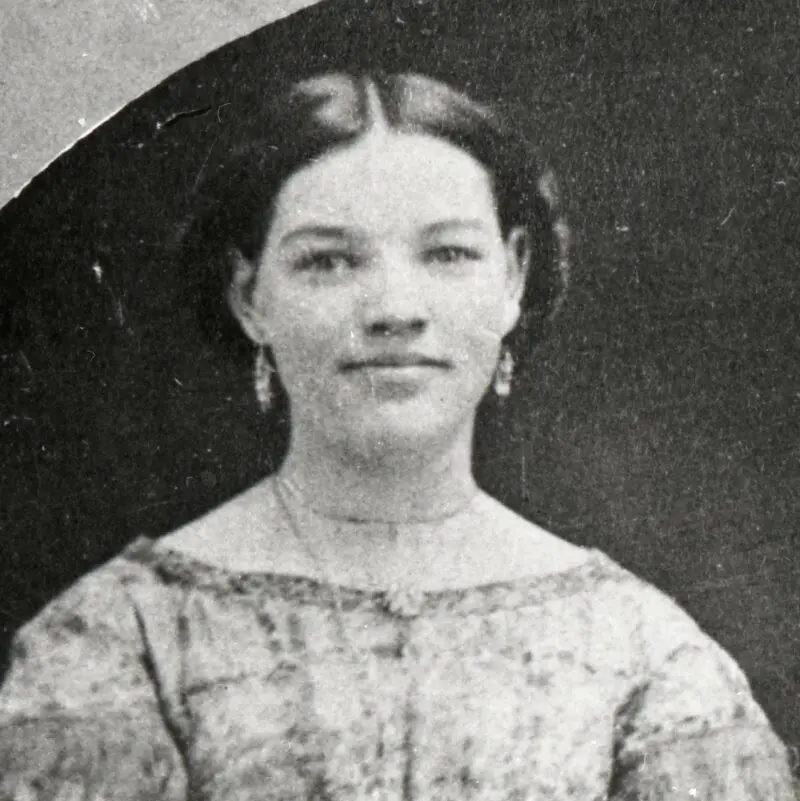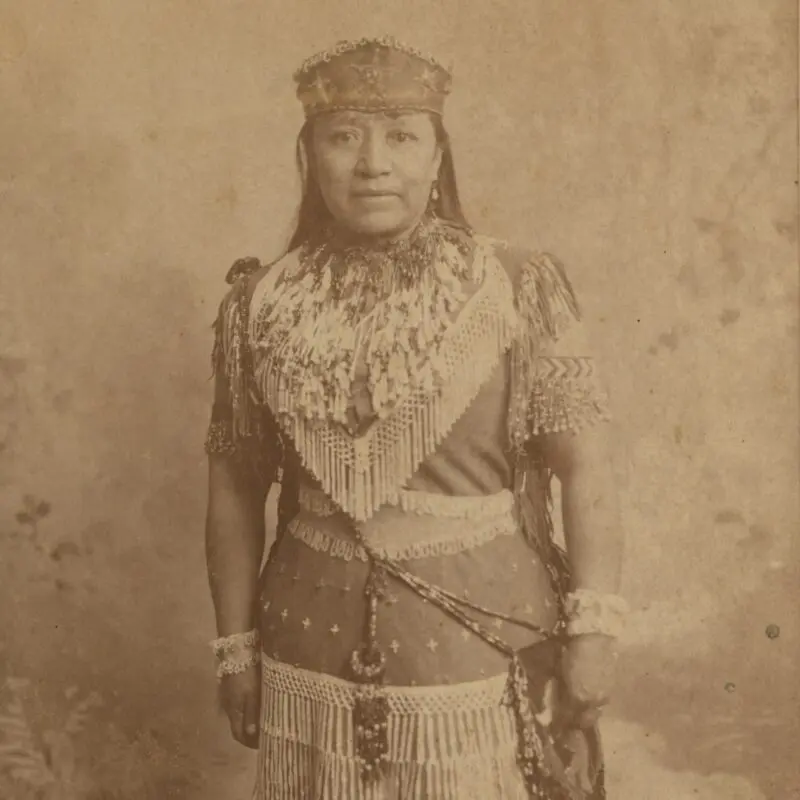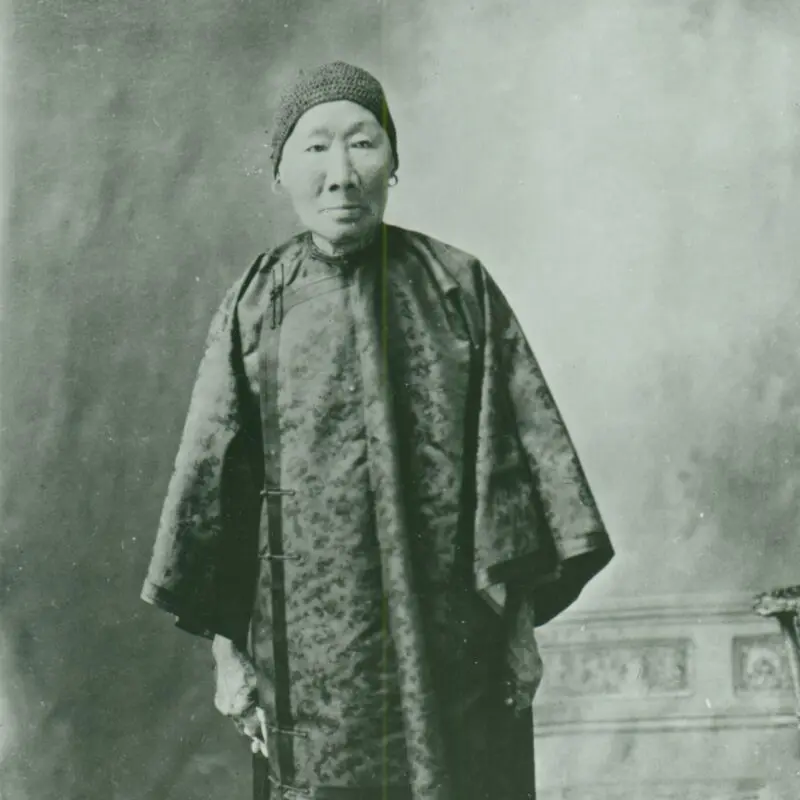Key Ideas
- Women played a critical role in the U.S. campaign to claim and settle the lands west of the Mississippi.
- U.S. expansion was a violent undertaking that had far-reaching consequences for all caught up in the enterprise.
- Westward expansion created opportunities for people of different races and genders to push the boundaries of U.S. society and customs.
Introduction
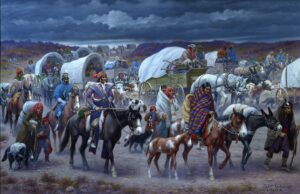
Robert Lindneux (1871–1970). The Trail of Tears, 1942. Woolaroc Museum, Bartlesville, Oklahoma.
Westward Expansion
Between 1830 and 1869, thousands of settlers poured into the lands west of the Mississippi River. They traveled by wagon, train, steamship, and on foot, seeking land and the opportunity to build a better life.
Life in the American West was dangerous and difficult for women of all races and social classes, but it also afforded unique opportunities that did not exist in the more settled parts of the U.S. In the North, Black pioneers sought to build an equitable society, and freedom seekers exploited the patchwork of conflicting laws to self-emancipate. In the Southwest, Mexican women were able to secure social advancement and profit during the Mexican-American War, while further north, Chinese women found opportunities in the construction of the transcontinental railways. And it was in the West, where people were more willing to experiment with social and political convention, that the cause of women’s suffrage scored its first great victory.
Not every woman found prosperity in the West. The life of a pioneer was full of challenges and setbacks that women were expected to endure while always living up to popularized ideals of American womanhood. The gender imbalance in the territories led to a steep increase in sex trafficking. And as the U.S. imposed its laws on regions with vastly different histories, some Black women were forced to choose between enslavement and exile.
By this time, the U.S. already had a long history of oppressing and exploiting the diverse population of Indigenous people who inhabited the West. But nothing could have prepared Indigenous communities for the violence and dislocation precipitated by the Indian Removal Act of 1830. Indigenous women did not submit to this new era of colonization quietly. Using everything from poetry to public lectures, they made certain the wider U.S. population was aware of the atrocities being committed in the name of American exceptionalism.
Section Essential Questions
- How did women contribute to the U.S. goal of claiming and settling the lands west of the Mississippi River?
- What opportunities did U.S. expansion create? How did these opportunities change based on race?
- How did Westward expansion impact the Indigenous communities that already occupied the lands claimed by the U.S.?


